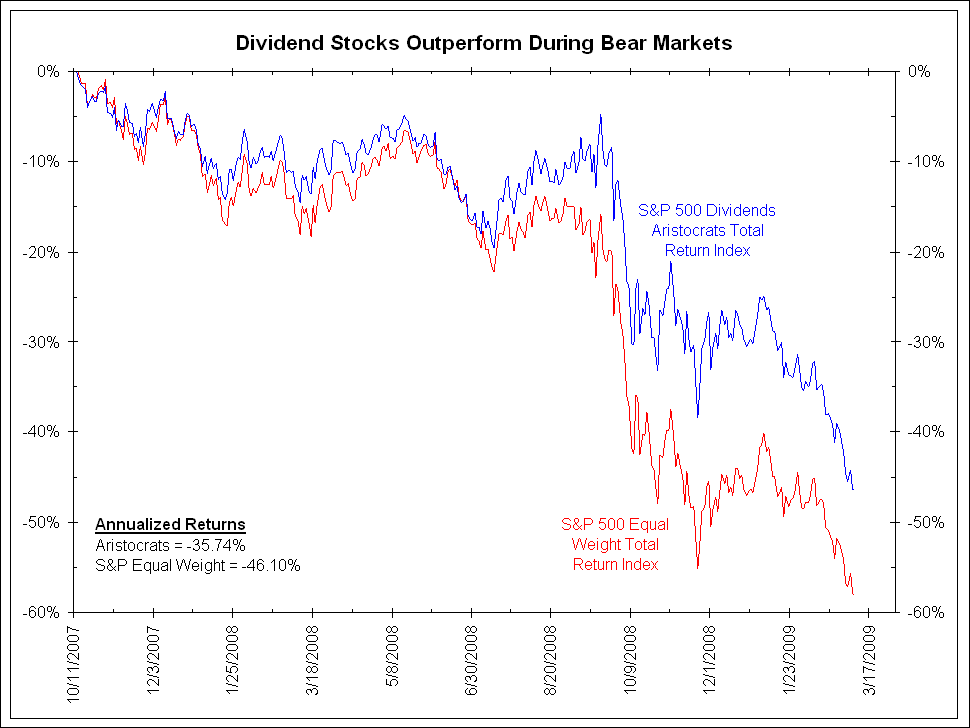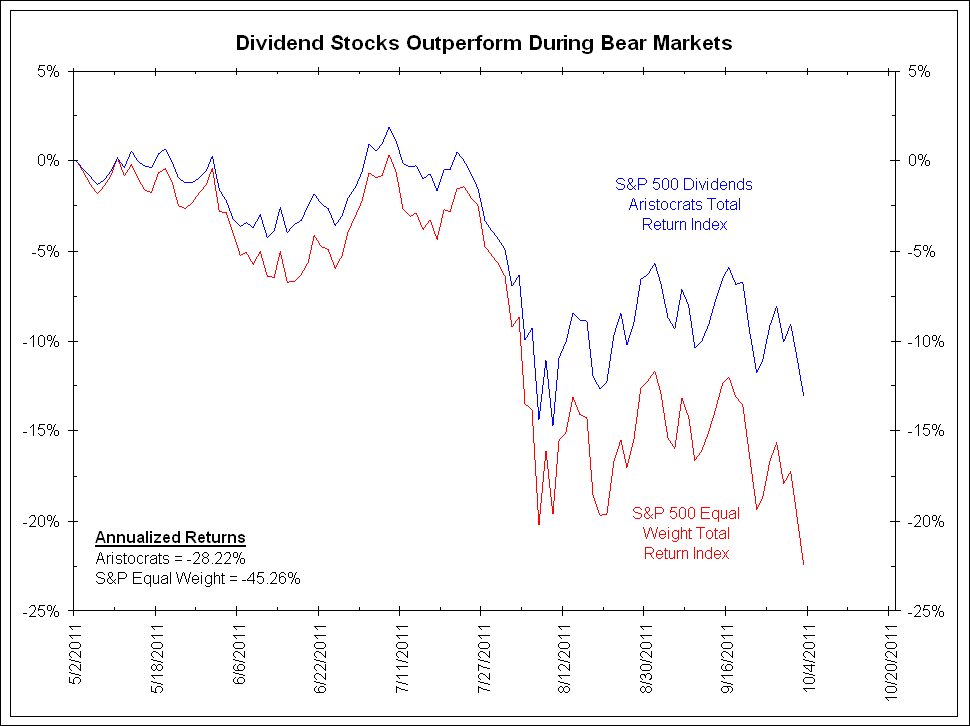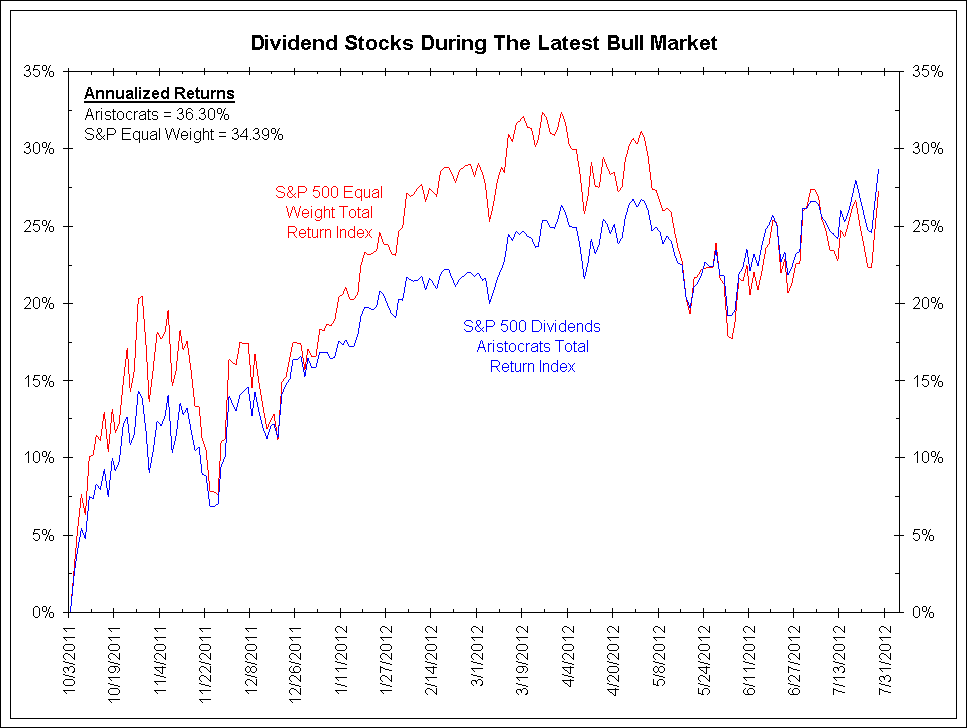The Financial Times – Expect no let-up in dash for equity yield
Last year, dividend income investing was all the rage. Buying stocks with a high yield was virtually the only way to make money in most major equity markets. Plenty of funds, both active and passive, opened in an attempt to cash in on the interest. As it is an item of faith, following Modigliani and Miller, that investors should not care whether their cash is paid out to them in a cheque or remains in the company, that sounded like a good moment to try selling the whole phenomenon short. Demand for yield ultimately came down to an extreme (if not unjustifiable) loss of trust in managers to look after their shareholders’ cash. And indeed, as markets rallied on false hopes for the eurozone crisis in the first months of this year, so high-yielding funds began to underperform. Not any more. Buoyed by the separate but related phenomena of extreme pessimism (which prompts investors into the kind of defensive stocks that tend to produce big dividends) and historically low yields on government debt and cash, those high-yielding funds are now ahead of the market for the year. Investors regard them as a safe bet, as does the investment industry.One reason to adopt this strategy is clear. The herd is galloping towards stocks that pay a decent and well-supported dividend. It would be unwise to get in their way.But how long will the herd keep galloping this way? I suspect it could be a while. The demand for yield from equities is not surprising when yields on safer assets are so low. With the yields on the debt of developed countries not directly afflicted by the eurozone crisis steadily ticking down well below inflation, equities become a logical place to look for yield. Big companies with well-supported dividends might even look a little safer than more traditional places to look for a higher yield, such as junk bonds or emerging market government bonds.
Comment
The story above suggests that investors will continue to be attracted to dividend paying stocks because of the historically low yields in the treasury market. But as we said in April 2012:
During the bull market from March 6, 2009 to May 2, 2011, dividend-paying stocks underperformed the S&P 500 Equal Weight Index by 42.4%. On an annualized basis, dividend stocks returned 44.38% versus 56.64% for the S&P Equal Weight Index.
During the bear market from May 2, 2011 through October 3, 2011, dividend-paying stocks outperformed the S&P 500 Equal Weight Index by 9.40%. On an annualized basis, dividend stocks returned -28.22% versus -45.26% for the S&P Equal Weight Index.
From October 3, 2011 through July 27, 2012, dividend-paying stocks outperformed the S&P 500 Equal Weight Index by 1.47%. On an annualized basis, dividend payers returned 36.30% versus an annualized return of 34.39% for the S&P 500 Equal Weight Index. Although dividend-paying stocks underperformed while the stock market was rising during the first half of this period, the opposite became true once the market reached its April 2, 2012 peak. We believe this is due to there being no real sense of direction in the stock market. If the bull market continues, we can expect to see equal weight index outperform dividend-paying stocks.
Rather than being concerned with reaching for yield, the charts and data above suggest dividend stocks outperform during bear markets and underperform during bull markets. However, if investors are savvy enough to know which way the market was heading in general, why even bother distinguishing between dividend-paying stocks and non-dividend-paying stocks?
Source: Bianco Research
~~~
For more information on this institutional research, please contact:
Max Konzelman
max.konzelman@arborresearch.com
800-606-1872






What's been said:
Discussions found on the web: